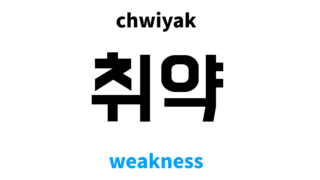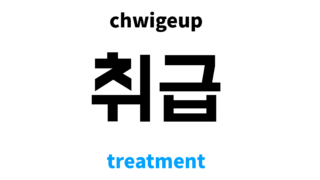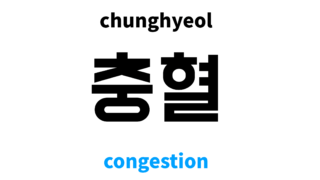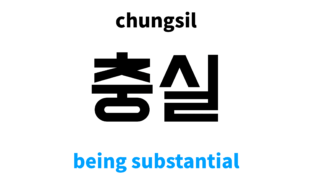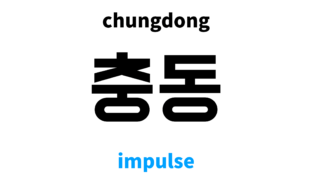 Advance ㅊ
Advance ㅊ employment rate in Korean: 취업률’s meaning and pronunciation
employment rate in Korean is 취업률. For examples, you can use like [대졸 취업률, 대학별 취업률]. In this post you will learn how to pronounce and use employment rate in Korean along with examples.
